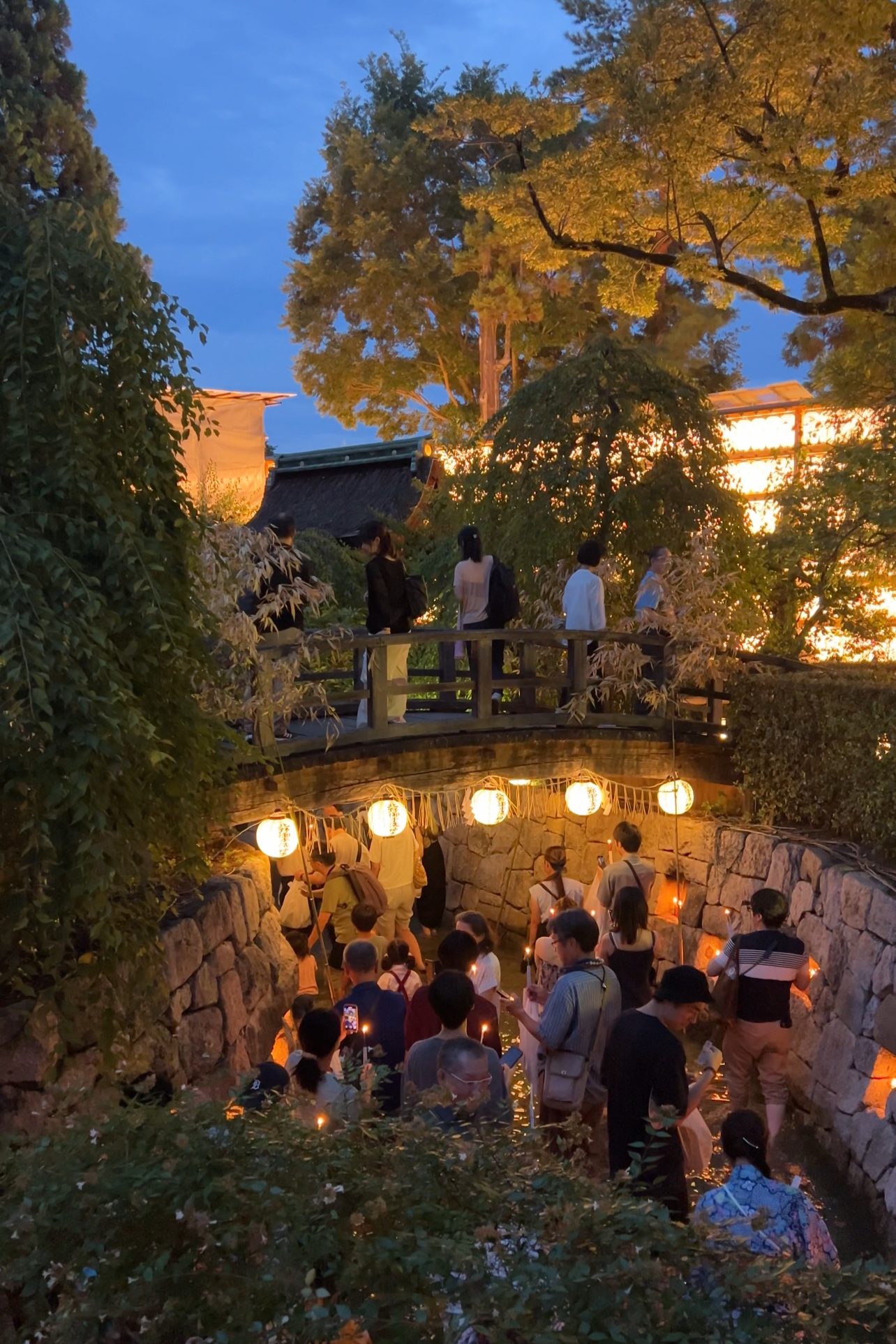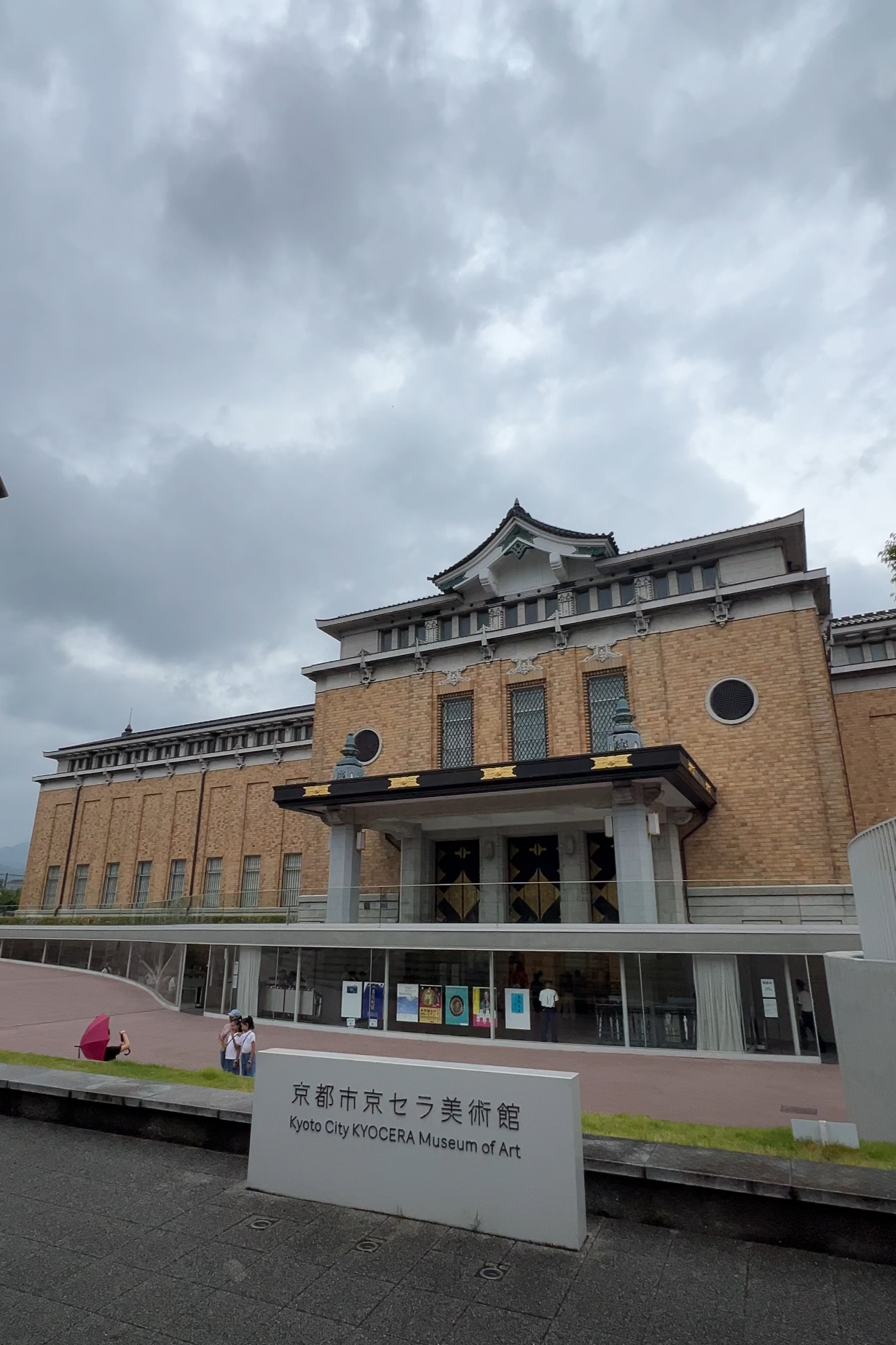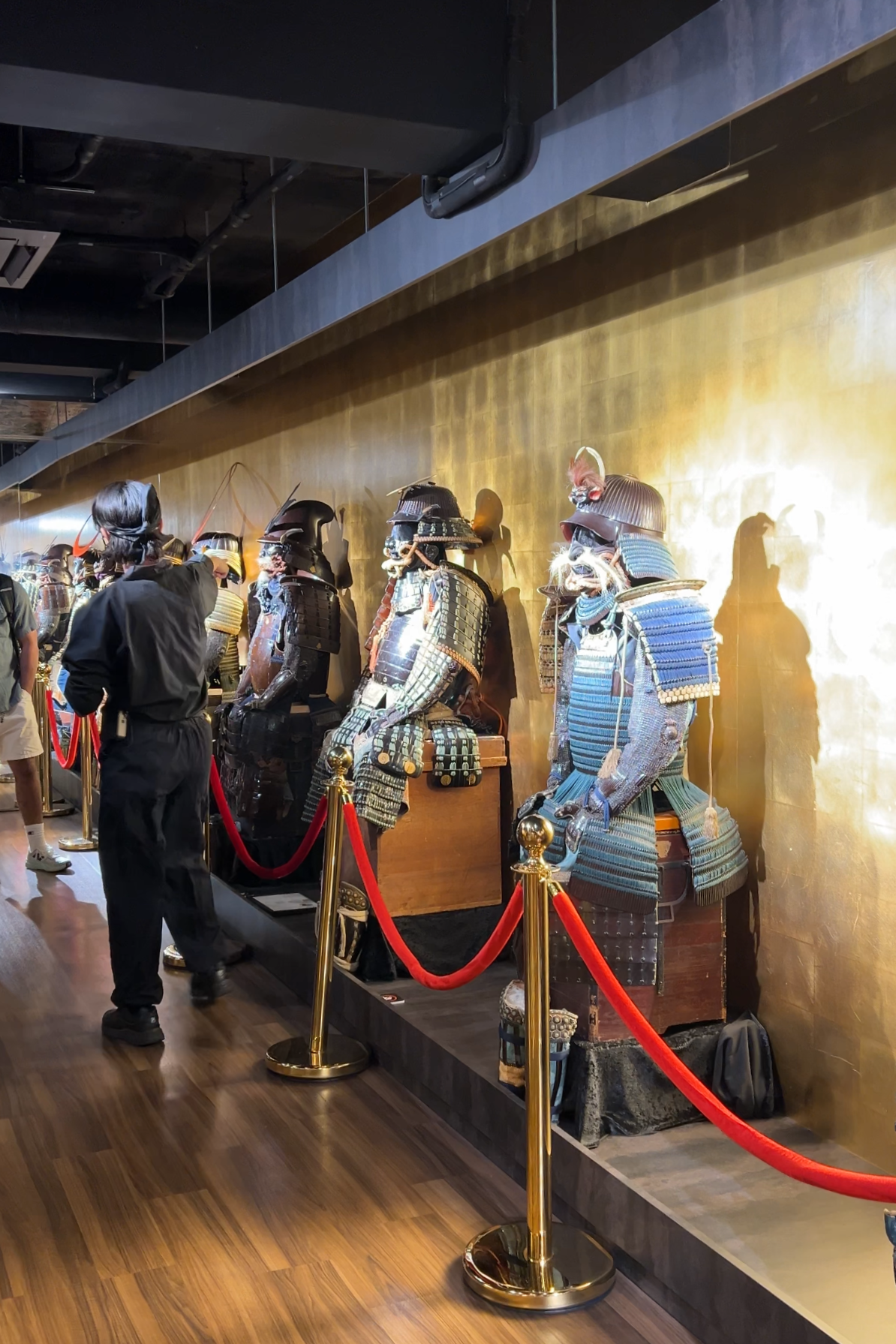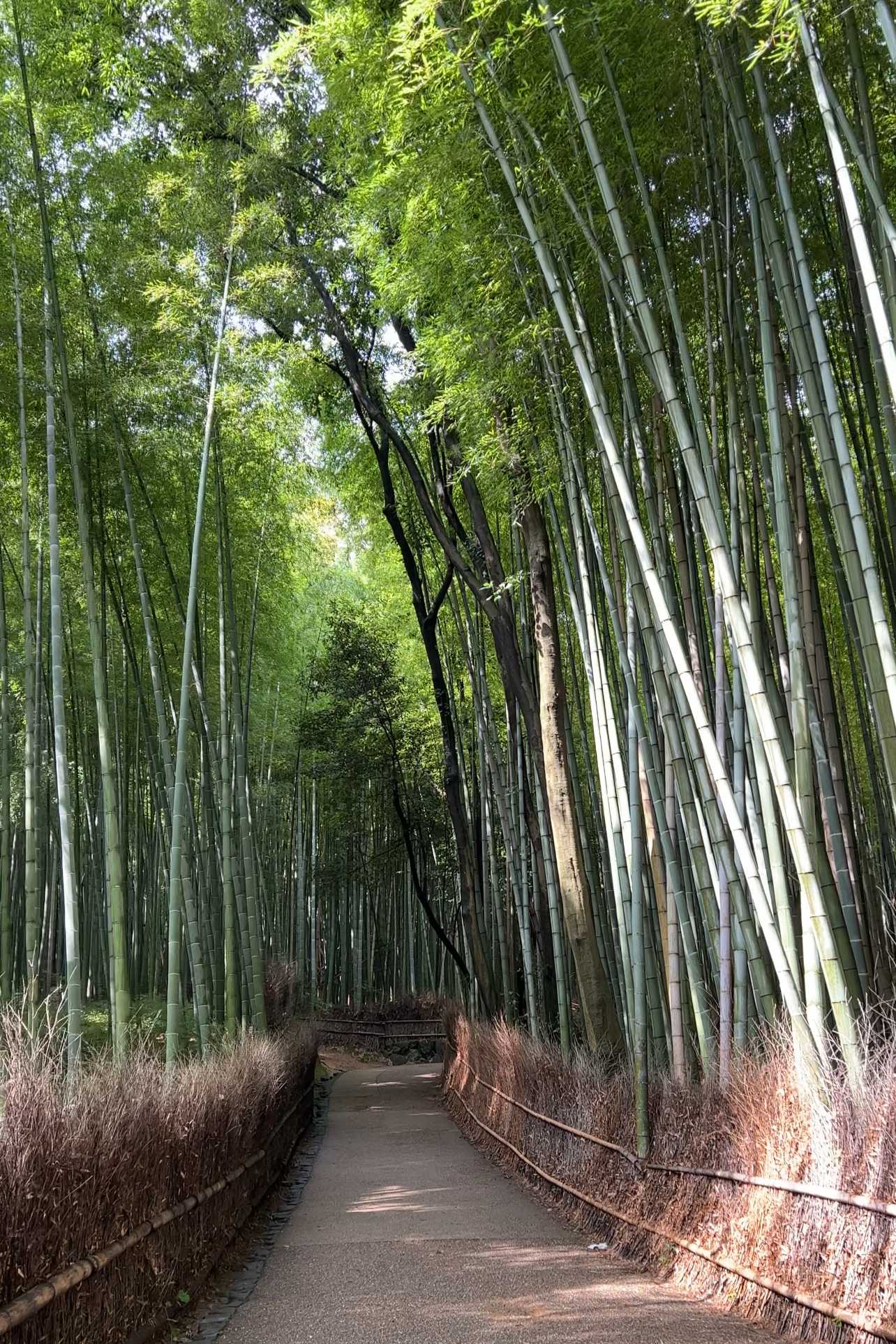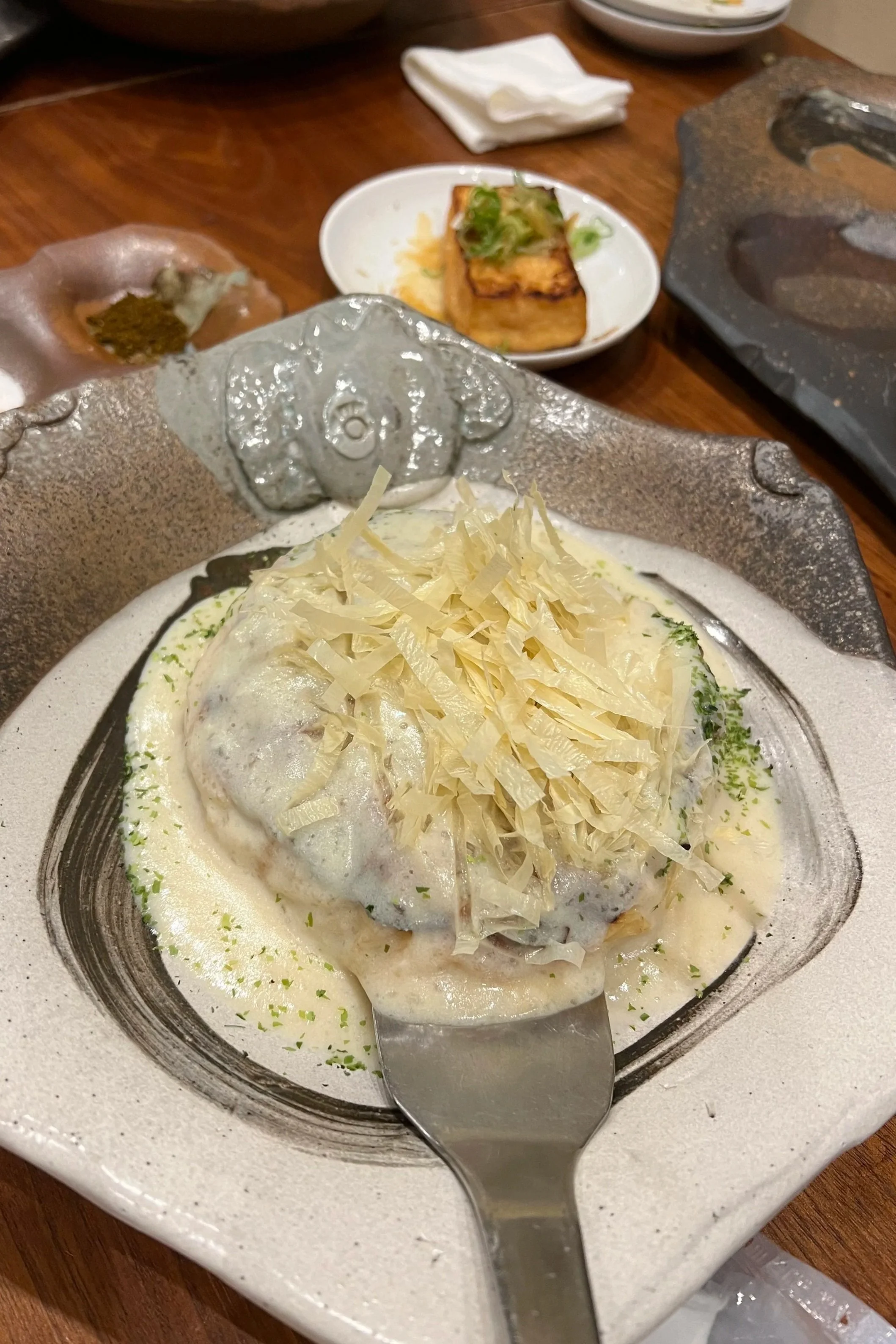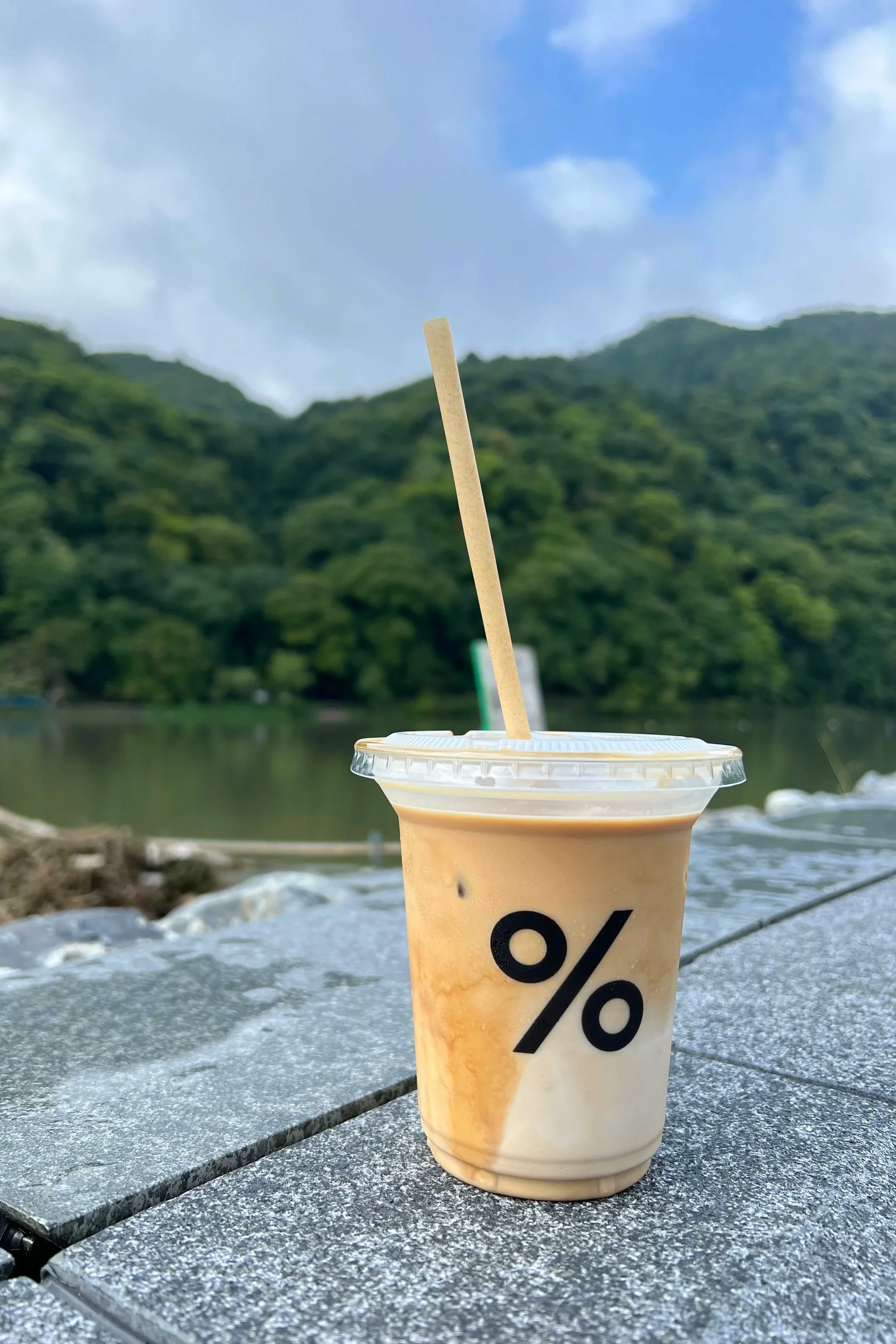Kyoto Guide
updated 11/07/25Discover Kyoto: Japan’s Cultural Heart
Kyoto is one of Japan’s most beloved destinations, and for me, it’s much more than that.
I spent 4 unforgettable years here during college, discovering local cafés, biking to Arashiyama, and exploring hidden corners of the city. Even after leaving, Kyoto remains close to my heart. Every time I return, I find a mix of nostalgia and discovery - new cafés, art spaces, and temples I somehow missed as a student.
Here are some of my favorite spots from my recent trips that beautifully blend Kyoto’s history, nature, and culture.
Where is Kyoto?
Kyoto is located in the Kansai region of Japan,
it’s on the main island of Honshu, between Osaka and Shiga Prefectures. Once Japan’s imperial capital for over a thousand years, it remains the country’s cultural heart, filled with historic temples, gardens, and traditional townscapes.
How to Get to Kyoto from Tokyo:
The easiest and fastest way to reach Kyoto from Tokyo is by Shinkansen (bullet train).
The ride takes about 2 hours and 15 minutes from Tokyo Station to Kyoto Station. A one-way ticket costs around 13,320 yen without seat reservation.
Bonus point - if you sit on the right side of the train, you’ll be rewarded with a stunning view of Mt. Fuji along the way — a truly iconic sight.
visit
Popular Kyoto Spots and Local Favorites
Kyoto is a city where ancient traditions meet everyday life. From iconic temples surrounded by seasonal beauty to peaceful shrines tucked away from the crowds, every corner tells a story of Japan’s rich history. Whether you’re exploring the bamboo groves of Arashiyama or admiring golden reflections at Kinkaku-ji, Kyoto offers endless opportunities to slow down and soak in its charm. Here are some of the must-visit spots that capture the city’s timeless beauty and spirit, also some places our family loved.
Temples and Shrines
Kiyomizu-dera Temple
Kiyomizu-dera is one of Kyoto’s most famous temples, especially breathtaking during autumn when the leaves turn vibrant red and gold. To get here, take a bus from Kyoto Station to Gojo-zaka or walk along Shijo street from Hankyu Kawaramachi Station, then walk uphill through Yasaka Shrine, Hokan-ji (Yasaka Pagoda), and Sannenzaka, where you’ll find charming souvenir shops and cafés along the way.
Fushimi Inari
Famous for its Senbon Torii — thousands of bright red gates — Fushimi Inari is a must-see. If you hike further up the mountain, the crowd thins and you’ll find peaceful paths surrounded by fox statues, said to be messengers of the Inari deity. Take the JR Nara Line from Kyoto Station to Inari Station (about 5 minutes). Don’t miss the local street food vendors near the entrance — we loved the potato sticks and cheesy pancakes!
Tofukuji
A serene Buddhist temple just one stop from Kyoto Station on the JR Nara Line. Built during the Kamakura period, it’s known for its impressive Zen gardens and the Gaunkyo Bridge, offering spectacular autumn foliage views in November. Inside, look up — the dragon painting on the ceiling is unforgettable.
Kinkakuji
This shimmering golden temple is one of Kyoto’s most iconic sights. Though it can get crowded, the short walking route through the temple grounds offers plenty of photo opportunities. We took the Randen tram from Arashiyama station, transferred at Katabirano-tsuji to Kitano-hakubaicho, where you can catch either #204 or #205 for Kinkakuji by bus. The golden reflection on the pond is worth the trip!
Kamigamo Shrine
A UNESCO World Heritage Site, Kamigamo Shrine is one of Kyoto’s oldest Shinto shrines. We visited during the Kasagake Shinji festival, where archers on horseback perform sacred rituals — a rare glimpse of Kyoto’s traditions. You can reach it by bus 4 or 46 from Kyoto Station but we took a taxi from Kinkakuji. The peaceful atmosphere is a perfect escape from the city bustle.
Kitano Tenmangu
Dedicated to the god of learning, Kitano Tenmangu is popular among students. In summer, visitors take part in a purification ritual, walking barefoot through the cool Mitarashi River for good health. To get here, take bus 50 from Kyoto Station. The experience of lighting a candle and wading through the water felt both refreshing and deeply cultural.
Museums
Kyocera Museum
Located near Heian Shrine in Okazaki Park, this museum is one of Japan’s oldest public art museums, first opened in 1933. Its beautifully renovated architecture combines traditional and modern design, showcasing both classic Japanese art and contemporary works. The bright courtyard and spacious galleries make it an inspiring stop for art and architecture lovers.
Kyoto Railway Museum
A must-visit for train enthusiasts and families. Located near Umekoji-Kyotonishi Station, the museum features real locomotives, hands-on exhibits, and a café where you can watch Shinkansen trains glide by. We visited on a rainy day and took the tram from Shijo-Omiya, then a short taxi ride — less than 10 minutes. My kids still talk about watching the trains up close!
Samurai Ninja Museum
Curious about the world of samurai and ninja? This interactive museum in central Kyoto is perfect for families. Join a guided tour, try on authentic samurai armor, wield a sword, and even throw shuriken (ninja stars). It’s a fun and educational experience that blends history with hands-on adventure — my kids absolutely loved it!
Shops and More
Shinpuhkan
A trendy complex that blends Kyoto’s old and new charm. Once an old telephone office, it’s now filled with stylish cafés, shops, and a boutique hotel. Located near Karasuma Oike Station, it’s a great place to grab coffee and enjoy a slower side of Kyoto’s modern lifestyle.
Gojo Wakamiya Pottery Festival
Wakamiya Hachimangu Shrine is a hidden gem near Gion, it’s also known as a pottery shrine. We visited their annual pottery event in August, there are 400+ local ceramic shops and artisans gathered with beautiful kitchenwares and more. Perfect festival to visit for the pottery lovers and someone who is looking for Japanese souvenirs.
Arashiyama
A visit to Kyoto isn’t complete without walking through the Arashiyama Bamboo Grove. The stroll takes about 20–30 minutes, leading you to the Togetsukyo Bridge and the scenic Katsura River. Explore the shops near Arashiyama Station, relax in the free foot bath on the platform, and check out the beautiful Kimono Forest installation. It’s an area where Kyoto’s nature and charm truly come alive.
eat
Where to Eat in Kyoto
Kyoto’s food scene beautifully blends history, culture, and creativity. From century-old soba shops and bustling markets to stylish cafés serving local specialties, every meal tells a story of the city’s deep culinary roots. Whether you’re tasting Yuba Okonomiyaki, sipping handcrafted coffee, or strolling through Nishiki Market, you’ll find flavors that are both comforting and inspiring. Here are some of my favorite spots to eat and experience the true taste of Kyoto.
Nishiki Market
Known as “Kyoto’s Kitchen,” Nishiki Market is a must-visit for food lovers. Located in the Karasuma area, just a 5-minute walk north from Karasuma Station, this bustling market is home to over 130 vendors selling everything from fresh seafood and local vegetables to Japanese pickles, snacks, and sweets. Pushing a stroller with my kid through the crowd was a bit tricky, but when my daughter spotted a stall selling Ichigo Daifuku Mochi (strawberry mochi), we couldn’t resist — it was the perfect sweet stop!
Mitsui Garden Hotel Buffet
One morning, we started the day with a delicious Japanese-style breakfast buffet at Mitsui Garden Hotel, located right next to where we stayed. Even though we weren’t hotel guests, we were able to purchase breakfast tickets at the front desk. The buffet offered both Japanese and Western-style dishes — from grilled fish and miso soup to pancakes and fresh fruit — all beautifully prepared. It’s a wonderful experience to try a Japanese hotel breakfast while visiting Kyoto!
address: 707-1 Myodenji-cho, Shijo-sagaru, Nishinotoin-dori, Shimogyo
Okonomiyaki Dainoji
We stopped by for a lunch after visiting Kinkakuji. They have Osaka style Okonomiyaki on the Teppan grill on each table, you can choose to cook by yourself, or they cook for you. Every Okonomiyaki and Yakisoba were all delicious, we all enjoyed the meal including my little ones.
address: 42-9 Kinugasa Babacho, Kita Ward
Matsuba Soba
Founded in the Edo period, Matsuba is known as the birthplace of Nishin Soba — soba noodles topped with sweetly simmered herring fish. The combination of the rich, flavorful fish and earthy buckwheat noodles makes this dish uniquely Kyoto. Conveniently located in the Kyoto station, this restaurant is perfect for a comforting, traditional meal, but also there are a few other locations.
address: 2nd floor Kyoto Station
Kibaru Ramen
A local favorite, Kibaru Ramen serves light, flavorful Tanmen bowls that warm you up instantly. I found this spot as I was walking back to the hotel on Shijo street, casually stopped by. It’s a cozy atmosphere, ideal for a late-night meal after exploring Kyoto’s streets. The kids loved it too — especially the gyoza on the side!
address: 30 Katsukyoyamacho, Shimogyo
Ikkakuju
This cozy spot introduced us to a Kyoto specialty — Yuba Okonomiyaki, a savory pancake made with tofu skin. The delicate texture of yuba added a creamy richness that set it apart from the classic version. It’s a hidden gem that captures Kyoto’s culinary elegance in the simplest form. A must-try for anyone seeking a local twist on a Japanese favorite.
address: 248 グラン・ジュール綾小路 B1F, Shinmeicho, Shimogyo
Kyocera Museum Café, Enfuse
After exploring the art galleries at the Kyocera Museum of Art, we stopped by the on-site café for lunch. Their Okazu Plate — a traditional Kyoto-style meal featuring small, seasonal side dishes — was both beautiful and satisfying. The bright, open café space overlooks the museum courtyard, making it a peaceful spot to rest and enjoy Kyoto’s seasonal flavors.
address: 124 Okazaki Enshojicho, Sakyo
Iolite
Tucked away near Karasuma Oike, Iolite Coffee is a modern café known for its sleek design and expertly brewed coffee. The baristas take their craft seriously, and you can really taste the difference in every cup. It’s a quiet, stylish place to relax or get a little work done between temple visits.
address: 422 Ikesucho, Nakagyo
% Arabica Coffee
With several locations across Kyoto, including Arashiyama and Higashiyama, % Arabica is famous for its minimalist design and smooth espresso drinks. Their coffee pairs perfectly with a stroll through Kyoto’s scenic streets or a riverside view in Arashiyama. Don’t miss their signature latte — it’s as photogenic as it is delicious!
address: 3-47 Sagatenryuji Susukinobabacho, Ukyo
Café Kitsune
This charming café offers seasonal treats and drinks. Located in Shinpuhkan by Karasuma. We stopped by for a cafe latte and lemonade for a tea break, and loved the vibes in the cafe.
address: Shinpuhkan 1F, Banocho, Nakagyo
stay
Where to Stay in Kyoto?
Kyoto offers a wide range of accommodations, from traditional ryokans with tatami floors and soothing baths to modern hotels with all the conveniences for families and travelers. Staying near Kyoto Station makes it easy to explore the city and take day trips, while areas like Gion and Arashiyama offer a more local, scenic atmosphere. Whether you’re waking up to temple bells or city views, every neighborhood has its own charm. Here are some great areas and stays to consider for your Kyoto trip.
Noku Kyoto
Just one minute walk from Marutamachi station, this hotel is simply designed and offers spacious rooms with modern amenities. We loved here as it was convenient from the station, accessible to the Karasuma area for shop and stroll.
Agora Kyoto Karasuma
Conveniently close enough to Karasuma station, walkable to Shijo Omiya station which was easy access to go on the Randen tram for Arashiyama. There are shops and restaurants near by and Family Mart is right next door.







